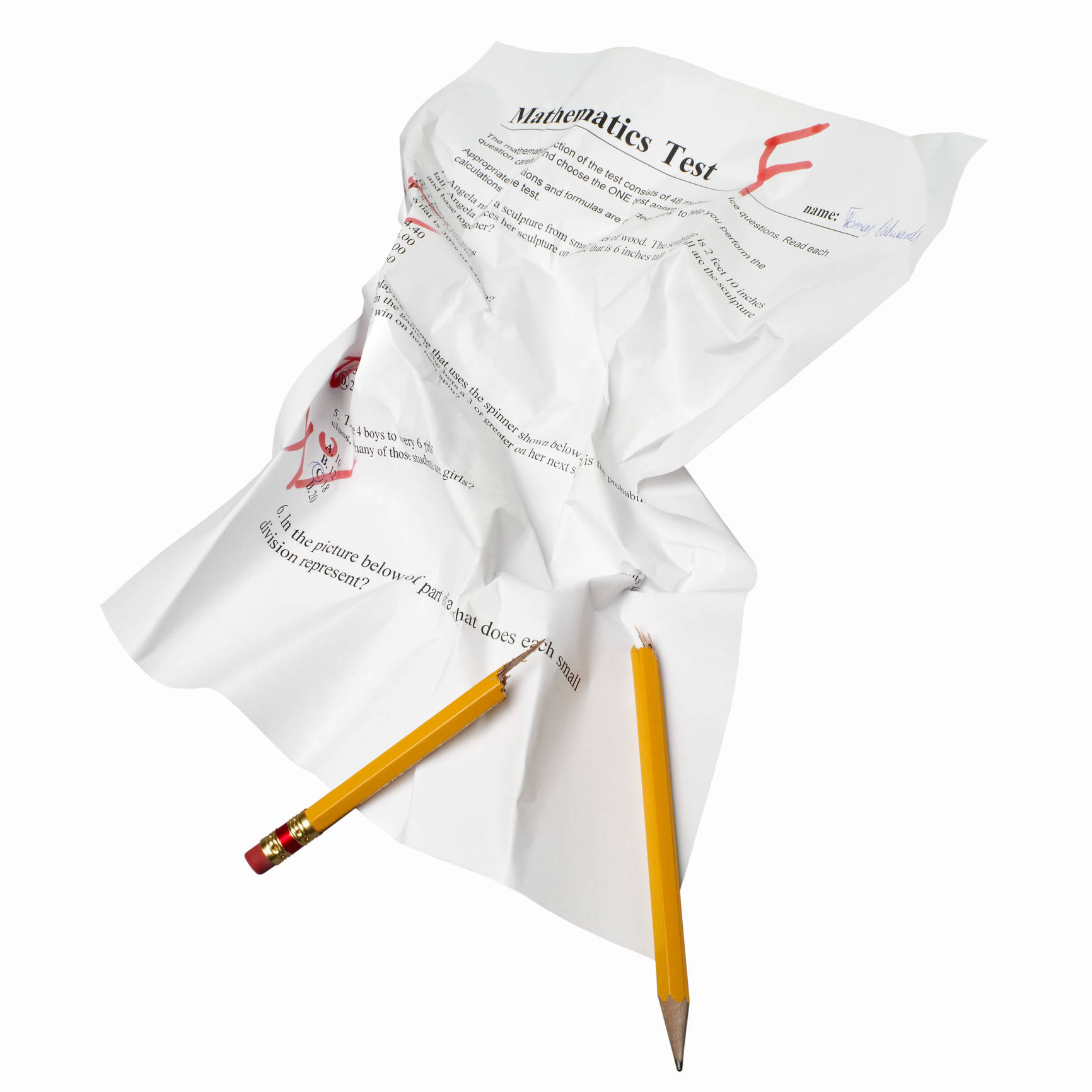More than half of Alaska’s schoolchildren are not proficient in math, science and English, according to the results of the state’s new standardized tests.
According to advance figures released to reporters Wednesday, 68.2 percent of students were rated “below proficient” or “far below proficient” in math, 61.6 percent of students were in those two categories in English, and 53.5 percent were in those two categories in science.
“It’s clear that we as a state, as an education system, have room for growth,” said Brian Laurent, data management specialist for the Alaska Department of Education and the person who presented the figures.
Final figures were supposed to be released to the public on Friday morning, but computer problems prevented that, said Department of Education spokeswoman Erin Hardin.
The advance figures only cover state-level data; reporters were not provided with school-level or district-level figures. The Empire will provide those as they become available.
These figures are the first in two years from the state’s standardized testing program, which suffered a catastrophic breakdown last year. No tests were administered in 2016, and the state had to get a waiver from federal requirements for standardized testing.
The tests are supposed to take place each spring and serve as a measure of how well Alaska schools educate their students.
“We have to be dissatisfied with the current results we’re getting,” said Michael Johnson, commissioner of the Alaska Department of Education. “We have a lot of work ahead, but we have a lot of opportunity.”
Alaska tests students in the spring on their math and English skills in each grade from third through 10th. Science tests are administered only three times during that period.
Standards for science education were adopted in 2006; standards for English and math were updated in 2012. A group of 84 teachers met for a week after Memorial Day weekend to determine how the test would be graded against those standards, Laurent said.
According to state figures, only 90 percent of Alaska’s schoolchildren took the standardized test this spring. The federal waiver required at least 95 percent of students to take the test. Laurent said it’s not clear whether the state will face a penalty as a result.
This year’s testing system was the third different system administered since 2014. In 2015, the state moved to a new testing program but encountered some teething problems. Last year, those problems grew worse: The tests were administered by computer from the University of Kansas, and construction work at that university severed a fiber-optic cable just as Alaska students were preparing to take their computerized exams.
Even after the cable was fixed, students across the state encountered technical problems, and the state was forced to cancel the test.
The state switched testing providers in fall and winter, and the new test was administered in the spring.
As a result of the switches, Laurent said it’s not appropriate to compare 2017 figures to those from 2015, the last year for which student testing data is available.
With that in mind, “I would say that student achievement, as measured by the summative assessment is not different from 2017 and 2015,” Laurent said.
• Contact reporter James Brooks at james.k.brooks@juneauempire.com or call 523-2258.

